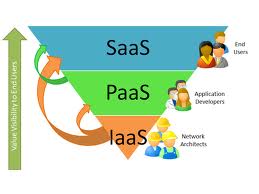 We have a tool for contract management activities that implements our processes in a very good manner and that is aligned with our project management best practices. The issue with the tool is very easy, is on a legacy environment.
We have a tool for contract management activities that implements our processes in a very good manner and that is aligned with our project management best practices. The issue with the tool is very easy, is on a legacy environment.
I have been working on an analysis in different directions: looking for market products, study upgrade of existing system and the development of a new tool on a web based environment.
From this last alternative, I started defining the activities and efforts to build a new tool on MS.Net.
The costs of the construction of an specific product for an specific customer is something that nowadays only applies for specific process of the customer; for the rest of the activities the model is always navigate through the standards and find an appropriate solution in the market. So for contract management process, initially the more convenient direction is to look in the market.
Saying this, I was interested on study in a broad way this web based solution based in .NET. So I started to look for an alternative for sharing investment costs. so I started building a business case around this solution and a SaaS delivery model.
The general aspects of the business case have been:
- A duration of 5 years, composed by 18 months for definition and development of the solution.
- A web based solution implemented on a cloud environment.
- A solution functionality based on the existing solution, with deep revision of requirements (looking for standardization).
- A detailed provision of IT resources (environments, tool, licenses…) and human resources (for project and posterior service support). This information captures cost aspects.
- Involvement of 4 different customers through the different years, having them different sizes.
- An engage model based in licenses.
At the end,the study has been composed by:
- A business case description: current state, problem statement/opportunity, project concept, objectives, business drivers, scope,
- A description of the contract management solution: functional modules, user interaction, involved processes, technologies involved, application and data descriptions.
- A description of the proposed business case with, assumptions, business case phases, project development phases,
- Funding needs, with its assumptions, Capex / Opex study, revenue forecast, license model and scenarios of the proposed customers.
As conclusion of this exercise, I have to say that it is not so much professional as I desired (this was done in during my free time), but this has been a valuable process to practise these concepts even when I know that this is not the right direction. The reality of the software development is linked to SaaS models and this exercise helped me to understand a lot of things that are necessary.
I’m also happy because the model built shows some lack of consistency in some economic figures that were indicating that as minimum I required 5 customers and no just 4.